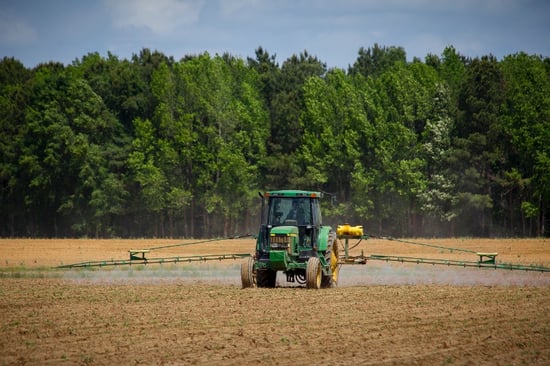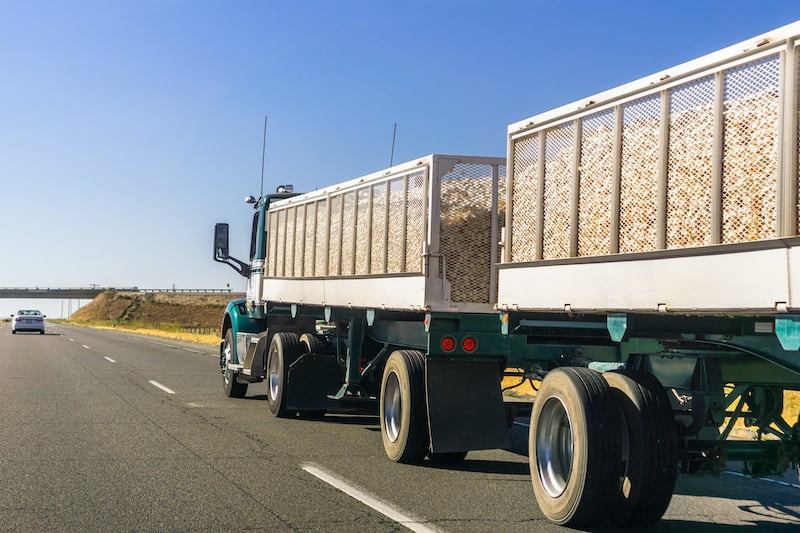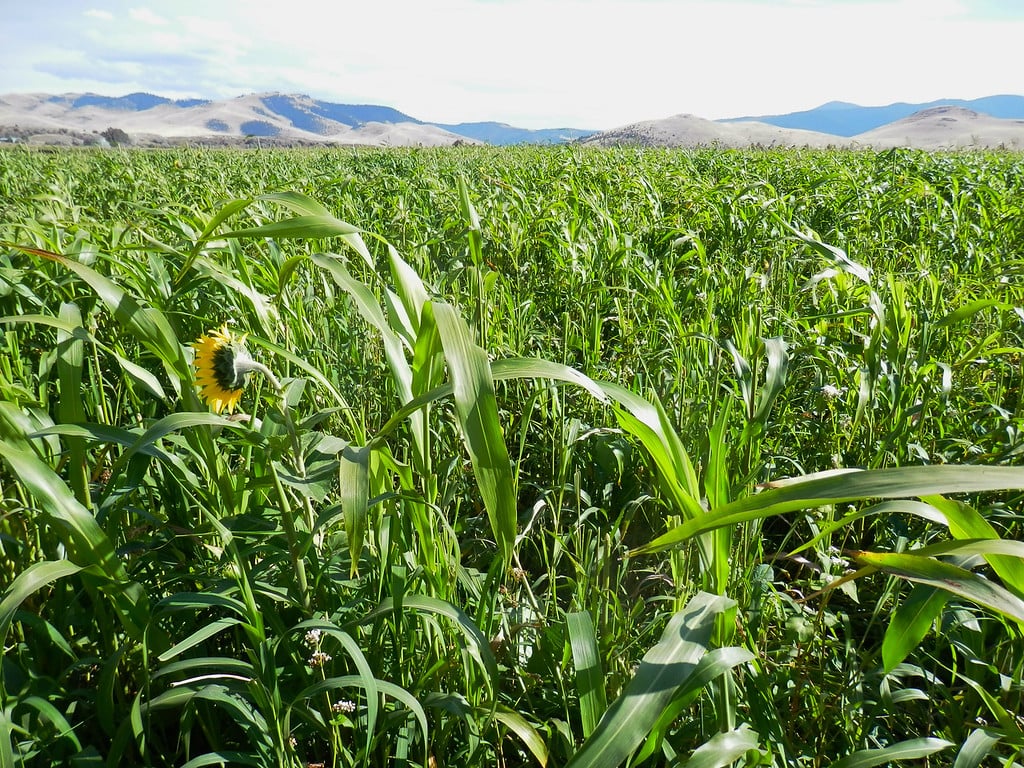The second year of the global pandemic saw the agriculture sector contend with ongoing supply chain disruptions and general uncertainty. Here's a look at four of the most important factors at play in 2021—and what industry leaders predict for the year ahead.
Shortages drove sky-high input costs
Thanks in part to the cold snap in February and Hurricane Ida in late August, natural gas and fertilizer suppliers struggled to keep up with demand this year. According to the Fertilizer Price Index, prices have increased 165% since 2020, jumping nearly 20% in the last month alone.
"The quick, sharp price rise for nitrogen in the fall of 2021 was unprecedented," said Jim Mintert, a Purdue University Extension agricultural economist and director of the Purdue Center for Commercial Agriculture, to a reporter for Farm Progress. He recommended that growers try the Iowa State University Nitrogen Rate Calculator to help determine how they can cut nitrogen application rates while protecting yields.
All signs indicate that input prices will remain elevated in 2022. John Niemeyer with Nutrien predicts the sustained high prices may cause some growers to shift away from corn toward wheat, cotton, and milo. Others may be driven to experiment with cost-saving technology and techniques, such as variable rate application or nitrogen stabilizers.

“By using biologics, farmers might be able to cut back by 10 to 15 pounds of nitrogen," says Keith Asher, with Nutrien Ag Solutions. "Root growth promoters can also serve as a good option to get the same or better yield, with a more sustainable product, to help the soil work better.”
Bottlenecks slowed the movement of goods
Ongoing supply chain disruptions continue to cause headaches for consumers, retailers, and producers alike. Freight costs have increased dramatically since March 2020, with some reports of prices up to five times higher than pre-pandemic levels.
Growers face additional expenses and wait time both in getting their crop to market, and in receiving the supplies they need. “Finding tender drivers to get product to the fields is just as hard as getting product from the coasts off the boats,” says Asher.
A major contributor to the bottlenecks is a shortage of truck drivers. “America is still short by more than 100,000 truck drivers, and the problem is only getting worse,” Greg Ferrara, President and CEO of the National Grocers Association, said in The Packer.
There is no single cause of the driver shortage: the pandemic, vaccine mandates, and limits on freight capacity have all contributed. As baby boomers retire, some industry leaders have advocated for lowering the federally regulated minimum age for for commercial drivers to cross state lines from 21 to 18.
“Many of the larger carriers like Crete Carriers or Knight Transportation are struggling to find people to fill the seats,” says Scott Eisenmenger of West Point Implement. “The rules and regulations for truckers have also gotten more strict, so training and certifications are becoming more important.”

Eisenmenger predicts the bigger companies will eventually arrive at some solutions. “They will find people who are willing to go the extra mile,” he says. “We'll also see more automation in the trucks and management systems.”
Carbon markets upped their interest in ag
Carbon markets are nothing new, but the past year saw more opportunities solidify for farmers and ranchers to sell carbon credits to major buyers like Walmart, Shell, Microsoft, Google, and Amazon.
“The market has decided to look towards agriculture. In 2021, we saw a progression of the conversation about carbon credits and carbon sequestration for farmers going from a trickle to a full-blown river," says Keith Byerly with the Agoro Carbon Alliance. "Voluntary carbon markets are going to need about a gigaton of carbon credits to be generated from year to year, and the traditional sources out there aren’t capable of generating those kinds of numbers. They need more access to acres that generate renewable credits and don’t require a massive amount of capital to build projects to do so.”
Farm practices that sequester carbon—such as reducing tillage and incorporating cover crops—tend to improve soil stability and water infiltration, goals many growers already have. Participating in carbon credits can help them generate the extra capital needed to make these practices sustainable.

“For 2022, we foresee that the value of carbon is going to keep increasing, so the opportunity will grow," says Agoro's Amber Foster.
“This time around, there is a whole lot more stickiness to the carbon market. We’ve never seen the food supply chain and consumers have this kind of focus on being carbon neutral and demanding more sustainable products like we see today.”
Agtech players prioritized ease of use
There's long been broad consensus on the potential for artificial intelligence to help farmers stay profitable—whether through predictive analytics, precision farming, or automating certain tasks as a way to contend with labor shortages.
But for growers with limited time or capital to spare on implementing new tools, that potential has remained mostly theoretical. Now, the industry is focusing more on making the evolving technology practical and accessible.
“Artificial Intelligence innovations can change the future of agriculture," says Deepak Pareek, CEO of Agriwatch. "But we need to provide effective use cases for it to be adopted at a large scale. “
On an infrastructure scale, that means advocating for policy that would improve access to high-speed in rural areas. Meanwhile, individual technology providers are reckoning with the importance of providing customers with educational resources, ongoing support, and user-friendly features.
For Ceres Imaging, it's upgrading aerial imagery and analytics to integrate with in-field sensors like moisture probes and weather stations, allowing growers to manage data from both sources in one place.
What did we miss? Tell us the trend that most impacted your operation at social@ceresimaging.net.
